I'm working on a TRS-80 Model 100.
Not long ago, I have done some capacitor repairs after experiencing random reboots. I've skimmed through some online manuals, and it seems that somewhere in the circuitry around the on/off switch is somehow correlated with the reset button. I replaced all the bad capacitors in this section of the motherboard in this picture I found online.
I replaced P with an electrolytic cap. 0.47μF, 50V.
I replaced O with an electrolytic cap. 1μF, 50V.
I replaced J with an electrolytic cap. 4.7μF, 50V although the original is a 25V.
I replaced M with cap. 33μF, 16V although the original was a 10V.
I've replaced all 10uF 16v capacitors that are used for the display. Recently, I had to replace B and D as it was a bad solder.
I've damaged the trace near b and d but was working just fine and it hasn't severed the trace completely.
I checked the other in the circled that wasn't mentioned above and they did not leak. Although I had to desolder them and put them back again. I made sure that working old capacitors were properly seated and connected through the solder. I even checked the non-polarized C, and it was not leaking so I had to re-solder it carefully.
I'm confused right now as what to do. All bad capacitors have been replaced.... I'm not sure why its doing this....
Works for a while then randomly reboots after entering the telecom. So which is why I checked the C capacitor (has to do with the modem?)
Somewhere in the service manual, it talks about a battery voltage detector. I suspect that since the capacitors in the circled area have gone bad is the culprit of the "reset." But I was mistaken. After replacing the bad capacitors I still was experiencing reset. So I decided I must have done an improper solder. I made certain that the solder sunk into the holes where the capacitors are supposed to be at and nothing but a black screen of death. I'm scratching my head right now. Did I short something by mistake?
Here is the service manual, look for page 50
Here is the capacitor list and map.


